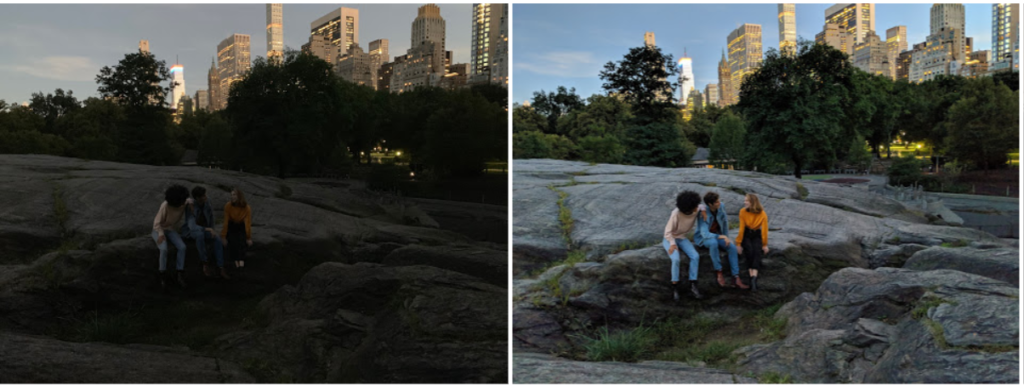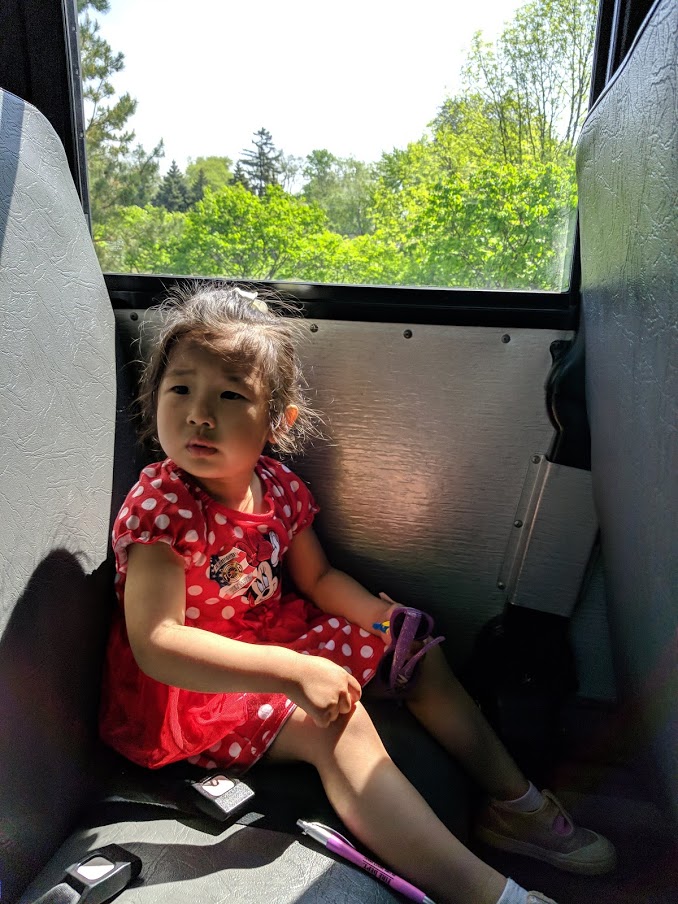As an amateur photographer, I was believing DSL is better than phone camera since it has a much larger CMOS so that it can receive more photons, until I installed Google Camera on my Galaxy S8. The results surprised me a lot. I mean, it performed better than my Conan 5DIII in the most of case without editing in the software like photoshop.
Except HDR+ and portrait mode, Google camera provides a magic mode called Night Sight. Unfortunately, this can only work on Pixel series (Pixel 3/3a is the best) phone with hardware support. You can find the A/B Testing here.

How does Night Sight improve the quality of shots in the night?
- HDR+. HDR+ is the foundational function for Night Sight. It is a computational photography technology that improves this situation by capturing a burst of frames, aligning the frames in software, and merging them together. Since each frame is short enough to prevent the blur caused by hand shake, the result turns out to be sharper and wilder dynamic range than without HDR+.

with HDR+, we can clear see the background in an indoor place
- Positive-shutter-lag (PSL) . In the regular mode, Google camera uses zero-shutter-lag (ZSL) protocol which limits exposures to at most 66ms no matter how dim the scene is, and allows our viewfinder to keep up a display rate of at least 15 frames per second. Using PSL means you need to hold still for a short time after pressing the shutter, but it allows the use of longer exposures, thereby improving SNR at much lower brightness levels.
- Motion metering. Optical image stabilization (OIS) is widely used in many devices to prevent hand shake. But it doesn’t help for long exposure and motion object. Pixel 3 adds motion metering to detect the motion object and adjust the exposure time for each frame. For example, if it detects a dog moving in the frame or we are using the tripod, it will increase exposure time.

- Super Res Zoom. HDR essentially uses algorithm to aliment and merge the frames to increase the SNR( signal to noise ratio). Pixel 3 provides a new algorithm called Super Res Zoom for super-resolution and reduce noise, since it averages multiple images together. Super Res Zoom produces better results for some nighttime scenes than HDR+, but it requires the faster processor of the Pixel 3.

- Learning-based AWB algorithm. When it is dim, AWB( auto white balance) is not functional well. And it is an ill-posed problem, which means we cannot inverse the problem (find out the real color of object in the dark). In this case, Google camera utilizes machine learning to “guess” what is the true color and shift the white balance.

- S-curve into our tone mapping. As we know, if we exposure a picture for a long time, all the objects become brighter so that we can not figure out when this picture takes. Google uses sigmoid function to adjust the object brightness ( dark objects become darker, light objects become brighter).

Reference: Night Sight: Seeing in the Dark on Pixel Phones, https://ai.googleblog.com/2018/11/night-sight-seeing-in-dark-on-pixel.html
Leave a Reply